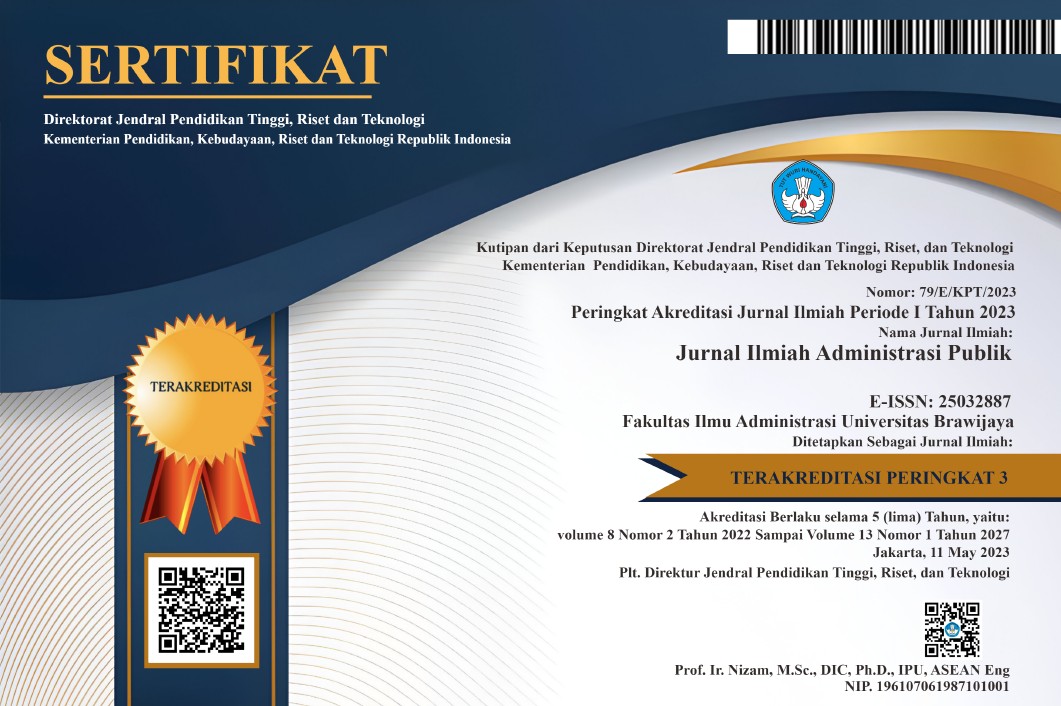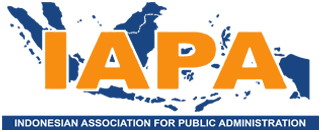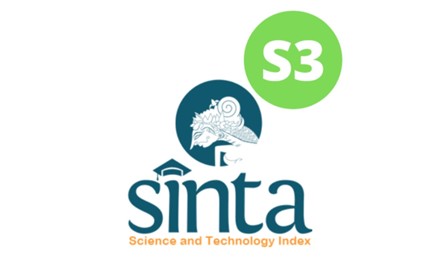Effectiveness of Local People's Perception on Ecotourism Participation in Bromo Tengger Semeru National Park, Indonesia
DOI:
https://doi.org/10.21776/ub.jiap.2018.004.03.11Keywords:
Local people’s perception, ecotourism, participation, Ranu Pani village, Bromo Tengger Semeru National Park (BTSNP)Abstract
Support of local people is important things regarding successful ecotourism management. Ranu Pani is located in Bromo Tengger Semeru National Park (BTSNP), Indonesia. This study aims was to examine how residents’ views and the relationship between perception, attitude, communication and participation on ecotourism. A questionnaire survey was conducted to get the data. For analyzing data, it used regression analysis through SPSS. The results showed that there was a relationship between positive perception, communication and participation. Most of respondents agreed ecotourism would like to improve attractiveness of the community, and raise incomes. Regarding communication, residents would like to give information and feel happy when visitors asking them about their nature and culture. Regarding attitude, most of respondents supported with national park management. However, they were only 58.7% satisfied with development of national park. Therefore, the authority should improve their capacity to provide more employment opportunities and to escalate residents-national park relationship.References
Balai Besar Taman Nasional Bromo Tengger Semeru. (2015). Buku Informasi Taman Nasional Bromo Tengger Semeru. Balai Besar Taman Nasional Bromo Tengger Semeru, Malang.
Boley, B.B et al. (2015). Measuring empowerment in an eastern context: Findings from Japan. Tourism Management, Vol. 50, pp 112 – 122.
Brandon, K. (1996). Ecotourism and Conservation: A Review of Key Issues, Environment Departement Papers, Paper No. 033. The World Bank, Washington.
BTSNP. (2015). In The Information Book of BTSNP. BTSNP, Malang.
Ceylan, S et al. (2012). Visitor-Local People Communication: An Application in Pamukkale Destination. Procedia - Social and Behavioral Sciences, Vol. 51, pp 1100 – 1106.
Ciocănea et al. (2016). Assessing Public Perception On Protected Areas In Iron Gates Natural Park. Procedia Environmental Sciences, Vol.32, pp.70–79.
Cochrane, J. (2006). Indonesian National Park: Understanding Leisure Users. Annals of Tourism Research, Vol. 33, No. 4, pp.979-997.
Dalem, A.A.G.R. (2000). Ecotourism in Indonesia. Available at www.parasnis.net/.../e.../12 chapter10.pdf [Accessed on 23 December 2017].
Donohoe, H.M., and Needham, R.D. (2006). Ecotourism: The Evolving Contemporary Definition. Journal of Ecotourism, Vol. 5, No. 3, pp.192 - 210.
Genc, R. (2017). The Importance of Communication in Sustainability & Sustainable Strategies. Procedia Manufacturing, Vol. 8, pp.511-516.
Jimura, T. (2011). The impact of World Heritage Site Designation on Local Communities: A Case Study of Ogimachi, Shirakawa-mura, Japan. Tourism Management, Vol. 32, pp.288-296.
Kadir A, W et.al. (2013). Konflik Pada Kawasan Taman Nasional Bantimurung Bulusaraung Provinsi Sulawesi Selatan Dan Upaya Penyelesaiannya (Conflict Resolution at of Bantimurung Bulusaraung National Park of South Sulawesi Province). Jurnal Penelitian Sosial Dan Ekonomi Kehutanan, Vol. 10, No. 3, pp.186 – 198.
Lai, P.H, & Nepal, S.K. (2006). Local Perspectives of Ecotourism Development in Tawushan Nature Reserve, Taiwan. Tourism Management, Vol. 27, pp.1117-1129.
Ministry of Environment and Directorate General of Natural Resources and ecosystems Conservation. (2016). Profil Balai Besar Taman Nasional Bromo Tengger Semeru. Malang: Ministry of Environment and Directorate General of Natural Resources and ecosystems Conservation.
Ministry of Environment and Directorate General of Natural Resources and ecosystems Conservation. (2017). Statistik Balai Besar Taman Nasional Bromo Tengger Semeru. Malang: Ministry of Environment and Directorate General of Natural Resources and ecosystems Conservation.
Nugroho, I. (2011). Ekowisata dan Pembangunan Berkelanjutan, First Printing. Yogyakarta: Pustaka Pelajar.
Nuva, R. and Shamsudin, M.N. (2009). Willingness to Pay towards the Conservation of Ecotourism Resources at Gunung Gede Pangrango National Park, West Java, Indonesia. Journal of Sustainable Development, Vol. 2, No. 2, July 2009, pp.173 - 186.
Robbin, S. (2011). Perilaku Organisasi. Jakarta: PT. Indeks.
Sirivongs, K & Tsuchiya, T. (2012). Relationship between local residents' perception, attitudes and participation toward national protected areas: A case study of Phou Khao Khouay National Protected Area, Central Lao PDR. Forest Policy and Economics, Vol. 21, pp.92-100.
Su et.al. (2014). Assessing Ecotourism From A Multi-Stakeholder Perspective: Xingkai Lake National Nature Reserve, China. Environmental Management, Vol. 54, pp.1190-1207.
The Internatinal Ecotourism Society (TIES). (2015). The International Ecotourism Society (TIES). Available at www.ecotourism.org [Accessed on 16 September 2016]
Tripepi, G et al. (2008). Linear and Logistic Regression Analysis. Kidney International, Vol. 73, pp.806 – 810.
Wang, Q and Yamamoto, H. (2009). Local Residents’ Perception, Attitude and Participation Regarding Nature Reserves of China - Case study of Beijing Area. Journal of Forest Planning, Vol. 14, pp.67-77.
Wood, M.E. (2002). Ecotourism: Principles, Practices & Policies for Sustainability, 1stedition. UNEP, France.
Downloads
Published
Issue
Section
License
If your paper is accepted, the author identified as the formal corresponding author for the paper will receive an email prompting them to login into Author Services; where via the JIAP Author Licensing Service they will be able to complete the license agreement on behalf of all authors on the paper.














